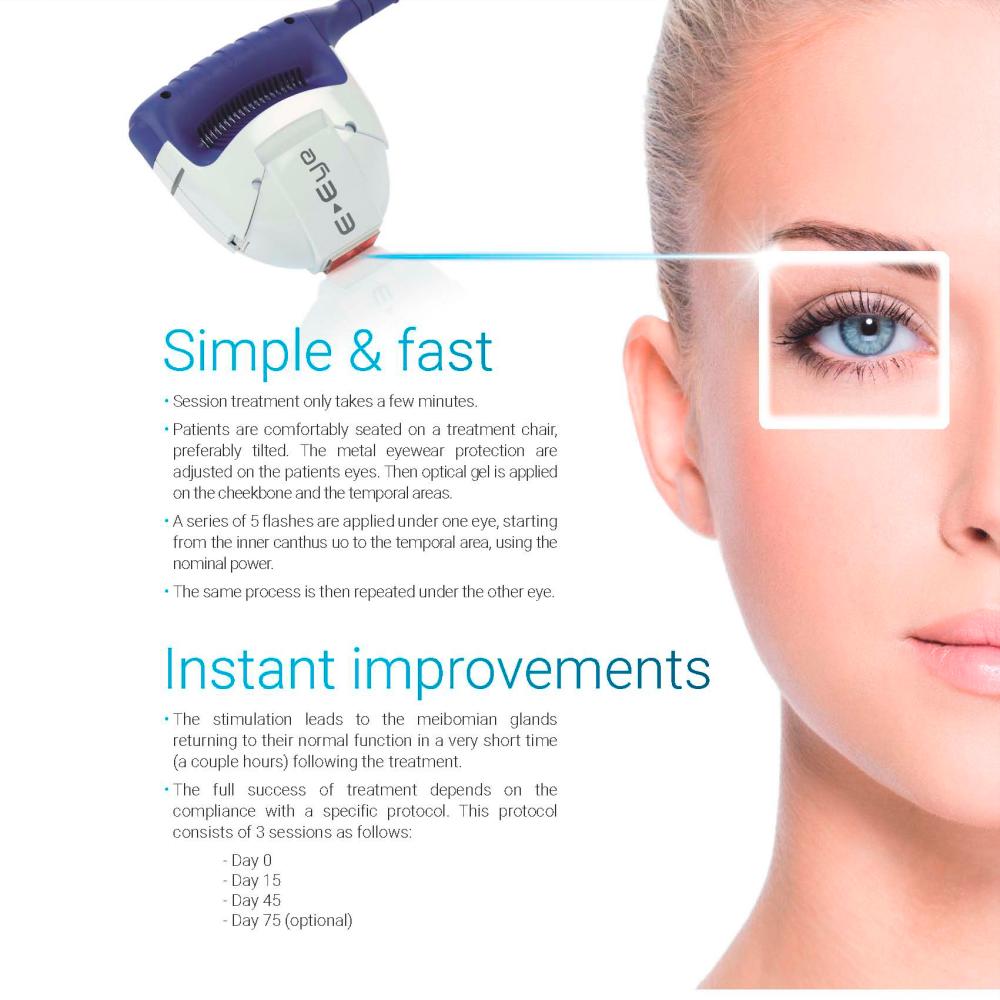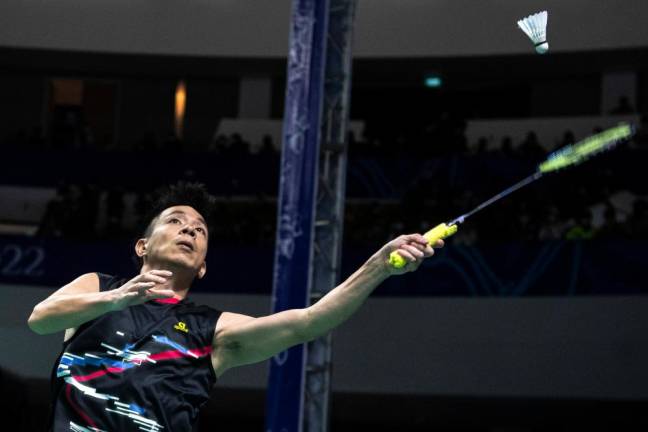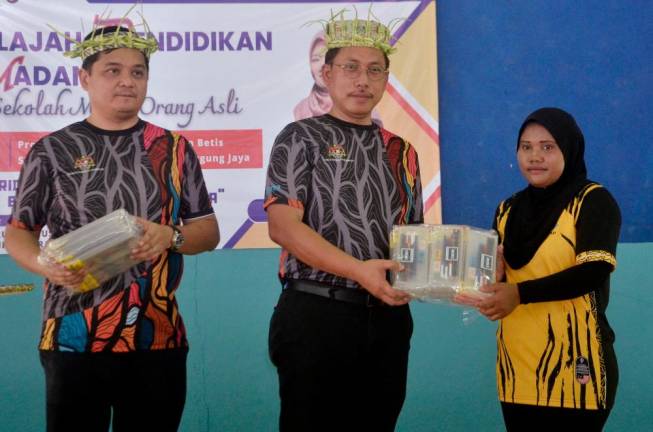The tear film is a very important layer on the eye surface which maintains the smoothness of the surface for good vision and comfort. It is made up of three layers: mucin, water and lipid. A disturbance in the balance of all three components can lead to symptomatic dry eyes.
A common problem, dry eye disease affects more than 20% of the population with symptoms increasing with age. Conditions of a modern lifestyle including extended exposure to glaring digital screens, driving, artificial lights, air pollution and contact lenses make dry eye syndrome a common nuisance. Generally speaking, it is a result of tear film issue, either caused by insufficient tears or excessive evaporation.
Dry eye disease is an unpleasant sensory and emotional experience for patients. Burdened with discomfort and fear, patients often feel miserable, not knowing how to precisely describe what they are feeling, and most end up feeling exasperated because no one understands. Mild conditions can lead to frequent visits to the eye care practitioners whereas moderate to severe cases is often associated with significant pain, limitations in performing daily activities, reduced vitality, poor general health and in some cases, depression.
The different solutions
The treatment is particularly frustrating to patient and practitioner, as it often interferes with the overall management and perceived satisfaction of the patient. There are significant symptoms, which are either not treated effectively or ignored by the eye care practitioner. Usually this happens when there is not much time or it is perceived that the complaint is insignificant or untreatable. Although lubricating eyedrops may provide some relief, it is often not enough in more severe conditions. Depending on the cause of the dry eyes, treatment include other eye drops, manual expression, meibomian gland probing and a procedure called Blephex.
The latest treatment is Intense Pulsed Light (IPL) therapy. It involves applying perfectly calibrated, homogenously sequenced, sculpted light pulses. The energy, spectrum and time period are precisely set to stimulate the Meibomian glands to cause them to return to their normal function.
Latest procedure
Each treatment session takes only a few minutes, during which the patient is seated comfortable. The pphthalmologist will adjust a protective eyeware to protect the eyes from the light. A hydrogel will be applied onto the skin beneath the eyes for protection. A series of five flashes is applied under the lower eyelid. Same procedure is then repeated under the lower eyelid of the other eye.
IPL doesn’t directly affect the Meibomian glands directly. It is through the stimulation of the nerves supplying the glands via series of chemical reactions taking place after the procedure, stimulating the secretion and contraction of the glands and improving the microcirculation.
The treatment effect is cumulative. It generally lasts one week after the first session, two to three weeks after the second session, and six months to two years after the third to fourth sessions.
Information taken from article written by Cataract, Refractive and Anterior Segment Surgeon, Dr Norazlina Bachik Ng. For details, visit www.kpjcfs.com or call 03-4022 6222 (KL); 03-7880 8222 (PJ); 03-6093 1051 (Rawang)
KKLIU No. 2720/2018














